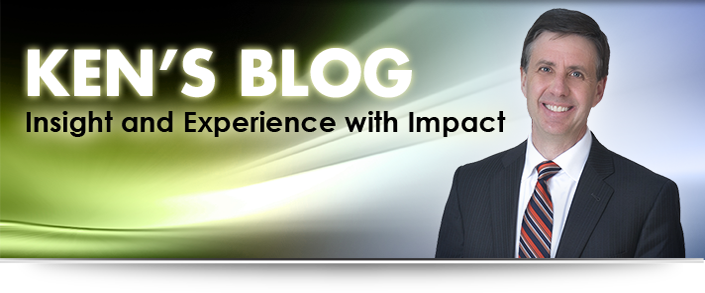Most have heard the old saying, “Easy come, easy go” and that may be true for some things, but it’s certainly not true when it comes to debt. When it comes to debt, the saying should be “easy come, not so easy go!” Why is that?
Well, debt is easy to accumulate. I’ve seen countless businesses rack up debt funding year over year losses, capital expenditures, and growth. If a business loses a million dollars and doesn’t have the cash to fund those losses, then it is most likely going to borrow that cash in some fashion whether that be directly from bankers or mezzanine lenders, extending accounts payable beyond reasonable terms, or some other mechanism.
But what does it take to repay that million dollars of debt? Unfortunately, it’s not a million dollars of profit because those profits are going to be taxed at some rate and won’t all be available to repay the debt. If the debt was the result of prior period losses, at least in theory there should be NOL (Net Operating Loss) carryforwards to offset any future profits or suspended losses that owners haven’t taken which can be applied to future profit. As a practical matter, however, it rarely seems to work out this way. Rightly or wrongly, those loss carryforwards or suspended losses always seem to get consumed somewhere along the way before it’s time to deal with the debt repayment. And if the debt is the result of something other than prior period losses (capital expenditures, for example) then the debt will definitely have to be repaid without the benefit of any NOL carryforwards or suspended losses at the personal level.
So, depending upon the effective tax rate, repaying that million dollars of debt is going to require somewhere between $1.5 million and nearly $2 million of pre-tax profits in order to have the required after tax cash flow. That’s because while the interest expense on debt is tax deductible, the principal payments are not. The principal needs to be repaid with after-tax dollars which are much harder to accumulate than was the actual debt itself.
I’m not against debt per se; although I tend to advocate a fairly conservative financial structure with a sufficient equity capital pool at the bottom of the cash flow waterfall to fund the business. If you’d like to read more on this, follow the link to Is Your Capital Pool Sufficient?
Business owners cannot expect to operate a business that is 100% debt financed (or more, which obviously implies a negative equity position) without significant and frequent financial stress. Frankly, this is usually what prompts my engagement with a new client. They live under financial stress for a considerable period of time until there is a tipping point (often the lender insisting that they take action).
The acquisition of debt should be both planned and for a specific purpose. It should be an appropriate portion of the firm’s overall capital structure. Further, there should be a plan for repayment from internally generated cash flows.
Too often, I see an accumulation of debt brought on by a lack of awareness of the financial situation of the firm during a period of deteriorating operating results thereby causing credit lines to be stretched to maximum or near maximum capacity before the light goes on! True or not, it brings to mind the old saying “Nero fiddled while Rome burned.”
How much debt do you have? Is it reasonable given the size and profitability of your business? And do you have a plan to deal with it?
Don’t fiddle around with debt.
If your business could benefit from fractional CFO services, I would welcome the chance to speak with you. Please give me a call at (314) 863-6637 or send an email to [email protected] The archive of these monthly newsletters is posted at the Resources section of homza.com
your cash is flowing. know where.®
Ken Homza
Copyright @ 2017 Homza Consulting, Inc.

